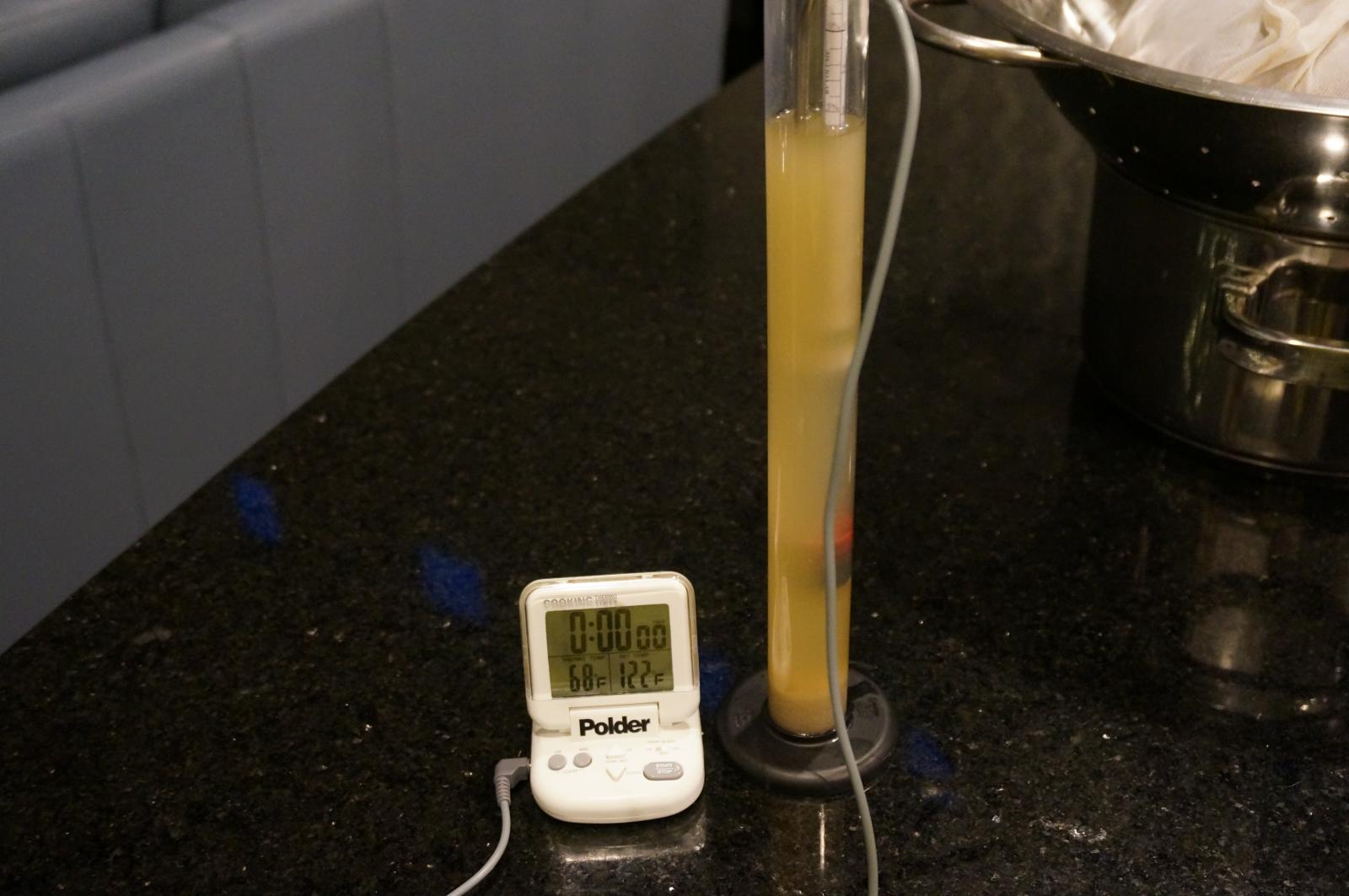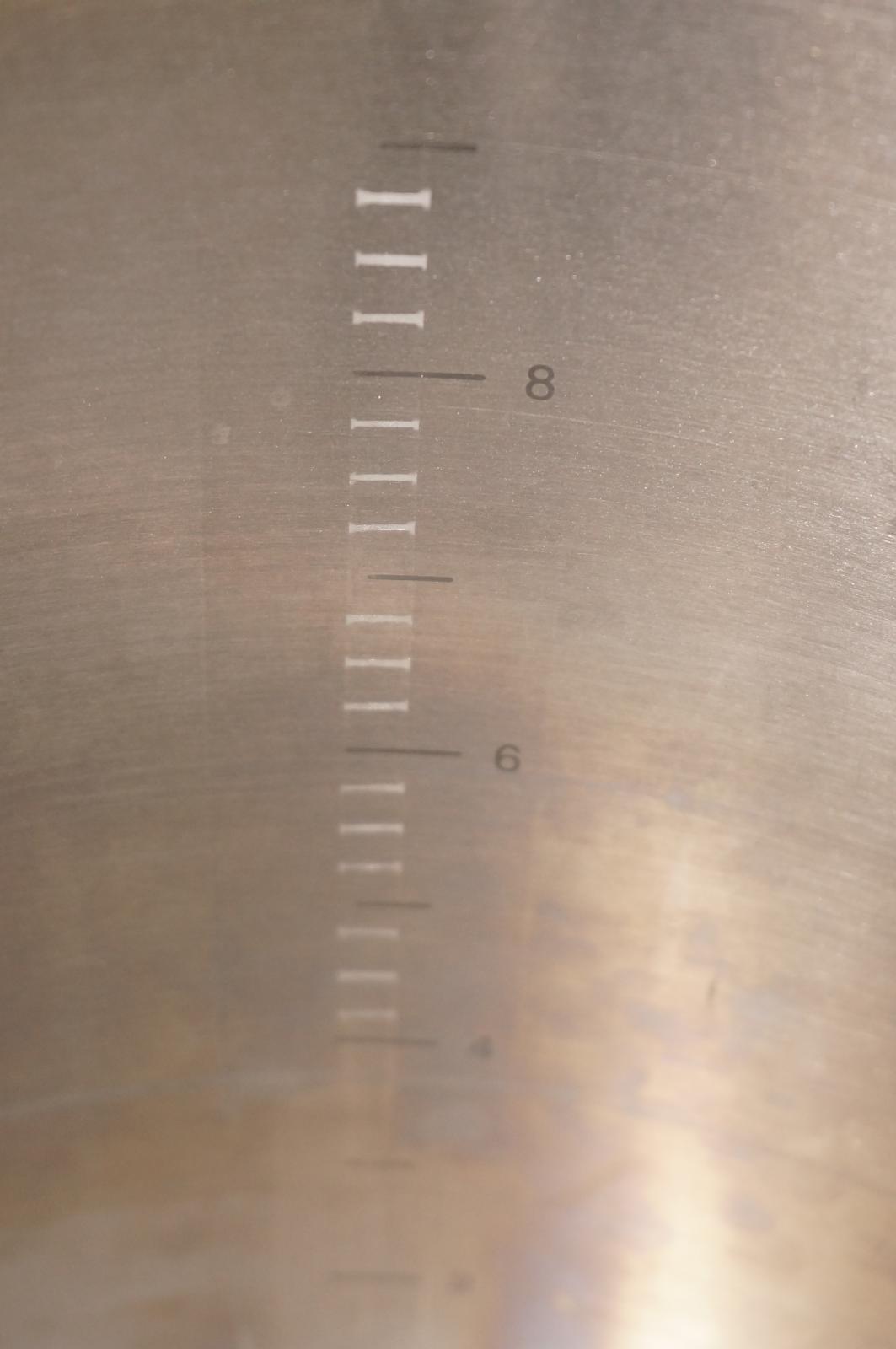GearDaddys
Well-Known Member
- Joined
- Sep 19, 2014
- Messages
- 50
- Reaction score
- 6
Question about all of the talk in various threads regarding "efficiency"..
FWIW.. I'm still new to BIAB, as well as to BeerSmith. I have spent countless hours in the software, and think that I have a good grasp of the concepts behind "Mash efficiency" vs "Brewhouse Efficiency", as well as how they correlate with each other..
I have been noticing that in many threads on here, guys are referencing their efficiency values.. Are you generally speaking of mash efficiency, or your overall brewhouse efficiency?
Thanks! (Trying to soak as much of this up as I can!)
FWIW.. I'm still new to BIAB, as well as to BeerSmith. I have spent countless hours in the software, and think that I have a good grasp of the concepts behind "Mash efficiency" vs "Brewhouse Efficiency", as well as how they correlate with each other..
I have been noticing that in many threads on here, guys are referencing their efficiency values.. Are you generally speaking of mash efficiency, or your overall brewhouse efficiency?
Thanks! (Trying to soak as much of this up as I can!)




